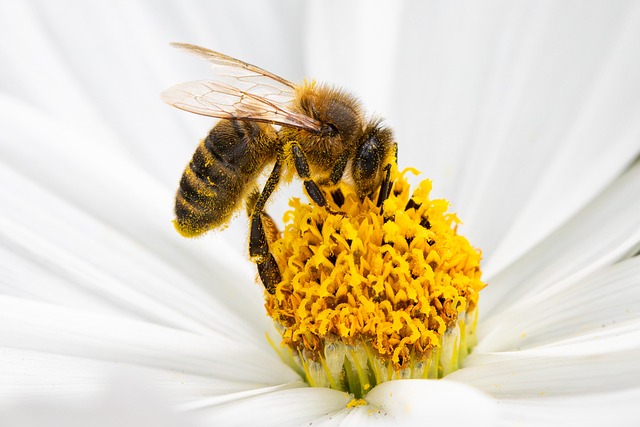When it comes to handling vaginitis during pregnancy, many expectant mothers often seek natural solutions. Vaginitis refers to the inflammation of the vagina and is quite common, although it can be uncomfortable and even disruptive to sexual activity. The main types of vaginitis that might concern pregnant women include yeast infections and bacterial vaginosis, and this article will focus on these two.
Natural Treatments for Yeast Infections During Pregnancy
Yeast infections are caused by fungi, and it’s estimated that around 75% of women will experience one at some point in their lives. Pregnant women, particularly those with diabetes, those taking antibiotics, corticosteroids, or oral contraceptives, and those suffering from iron deficiencies, are more prone to these infections. While some women may not show any symptoms, the most common sign of a yeast infection is itching. Other symptoms can include an abnormal discharge that resembles cottage cheese and/or a burning sensation in the vaginal area.
To help prevent yeast infections naturally, it’s important to take certain precautions. Medical studies suggest that wearing tight underwear can increase moisture in the vaginal area, creating a favorable environment for yeast growth. Opting for looser-fitting clothing can help mitigate this risk. Additionally, frequent sexual activity—defined as seven or more times a week—has been linked to an increased risk of infections.
Incorporating yogurt that contains live bacterial cultures into your diet can also reduce the chances of developing a yeast infection. Brands like Dannon and Yoplait offer options that are labeled “contains live cultures,” making it easy to choose the right product.
While these natural methods can assist in prevention, it’s important to note that there’s no guarantee against yeast infections. Self-diagnosing can lead to misdiagnoses, which may result in the misuse of topical creams and other over-the-counter treatments. If you suspect you have a yeast infection, it’s best to consult your healthcare provider to discuss appropriate treatment options. If a yeast infection is confirmed, your doctor may recommend over-the-counter treatments or prescribe oral medications, antifungal creams, or suppositories. For more information on treating yeast infections during pregnancy, you can read more here.
Managing Bacterial Vaginosis Naturally During Pregnancy
Bacterial vaginosis (BV), also known as nonspecific vaginitis, results from an imbalance of various organisms. Many women do not exhibit symptoms, but those who do may notice a white or gray discharge that has a fishy odor. Sometimes the discharge may even appear foamy.
Unfortunately, bacterial vaginosis cannot be treated effectively with natural remedies. It’s crucial to consult your healthcare provider, as BV has been linked to preterm labor, low birth weight, premature rupture of membranes, and late miscarriages.
When natural methods fall short, several treatment options are available for BV, including oral medications, suppositories, and sulfa-based creams. Oral treatments such as clindamycin and metronidazole are commonly prescribed for a seven-day course. Vaginal treatments may provide symptom relief but are often deemed insufficient for preventing complications during pregnancy. If you suspect you might have bacterial vaginosis, seeking guidance from your healthcare provider is essential for proper treatment.
For additional insights on this topic, you can explore some informative articles at Modern Family Blog and Resolve, both of which are reputable resources.
In summary, while managing vaginitis during pregnancy can be challenging, understanding the differences between yeast infections and bacterial vaginosis can help you take appropriate actions. Always prioritize consulting your healthcare provider for safe and effective treatment options. If you’re looking for resources to help with conception, consider checking out Vegas Pregnancy for sperm donor matching or Make a Mom for at-home insemination options and to learn more about how it works, visit their How It Works page.
